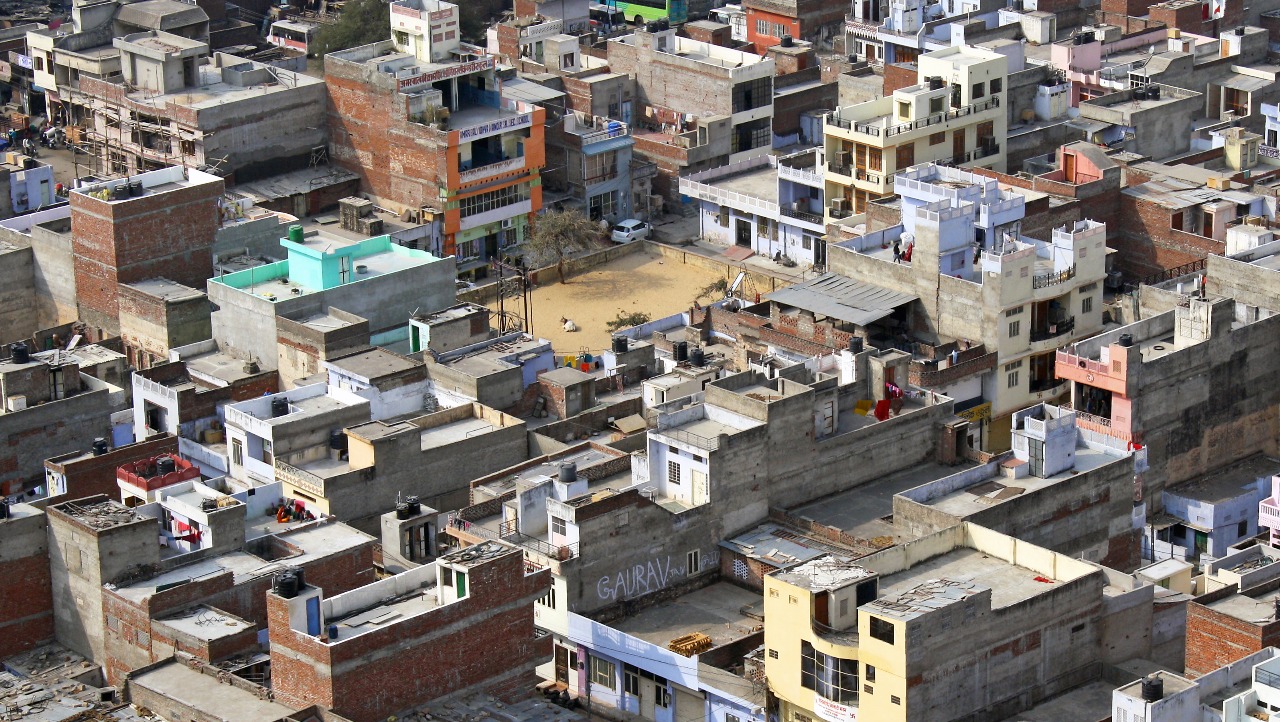
Follow WOWNEWS 24x7 on:

India’s urban future is no longer just about megacities. A silent but powerful transformation is underway, led by small towns and peri-urban regions that have long been overlooked in policy and planning. These transitional spaces—home to fewer than one lakh residents—now make up 92 percent of India’s urban system and are emerging as key players in shaping the country’s next phase of development. As the nation braces for a predominantly urban future, the spotlight is finally turning to these small cities and their outsized role in driving growth, sustainability, and resilience.
Key highlights from the latest urban policy dialogues reveal urgent questions: Can these towns urbanize without replicating the chaos of larger cities? Can they grow sustainably while protecting ecological assets? And most critically, can governance evolve fast enough to meet the needs of rapidly changing landscapes?
1. The rise of transitional towns
- Small towns located near district headquarters, transport corridors, and metropolitan fringes are shifting from farm-based economies to non-farm sectors
- These areas function like urban centers but remain administratively rural, creating a mismatch between their needs and the services they receive
- Census towns, created by reclassifying over two thousand villages, are governed by rural institutions that lack the mandate and resources to deliver urban services
- This governance vacuum leads to unregulated construction, poor infrastructure, and fragmented planning
2. Planning gaps and the risk of sprawl
- Most small towns operate with outdated or nonexistent development plans
- Spatial planning remains weak, with little coordination across jurisdictions and no regional frameworks to guide growth
- Rural spatial planning is often ignored, despite the rapid urbanization of villages
- Without intervention, these towns risk repeating the mistakes of larger cities—traffic congestion, pollution, and unplanned sprawl—on a wider scale and with fewer resources
3. Environmental blind spots
- Peri-urban areas offer cheaper land and easier access to natural resources, attracting industries and construction
- Forests, wetlands, and farmlands are routinely sacrificed for development, often classified as wastelands despite their ecological value
- This disrupts hydrological systems, reduces aquifer recharge, and increases climate vulnerability for local communities
- There is an urgent need to revise land classifications to reflect ecological function rather than economic productivity
- GIS-based land suitability analysis and carrying capacity assessments can help guide expansion while protecting sensitive ecosystems
4. Rethinking governance and funding
- A truly transitional planning approach must recognize the continuum between village and town
- Regional frameworks should be people-centric, flexible in land use, environmentally grounded, and revisited regularly
- Funding must align across urban and rural schemes to support integrated development
- Local bodies need capacity-building to deliver urban services, manage growth, and enforce environmental safeguards
5. Mobility and infrastructure challenges
- In smaller cities, infrastructure often prioritizes cars over pedestrians and cyclists, despite most residents relying on non-motorized transport
- Sidewalks are missing or crumbling, and cycle tracks are blocked or repurposed
- High-cost transit projects like metros have limited reach and low ridership, while informal transport options like e-rickshaws are sidelined
- Only 63 out of 458 cities have formal bus services, leaving millions dependent on unsafe or unreliable mobility options
6. The opportunity ahead
- Small cities can be pioneers in sustainable urbanization if planning begins early and inclusively
- They offer a chance to build equitable, climate-resilient communities from the ground up
- With the right frameworks, these towns can avoid the pitfalls of megacity growth and become models of smart, people-first development
India’s urban future is not just about scaling up—it’s about scaling wisely. Small cities, long in the shadows, are stepping into the light. The question now is whether policy, planning, and public investment will keep pace with their potential.
Sources: Hindustan Times, MSN News, Nagrika.org


